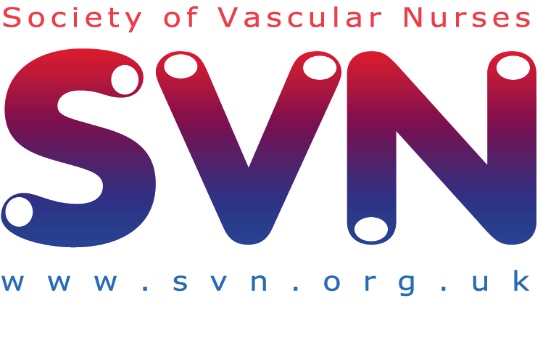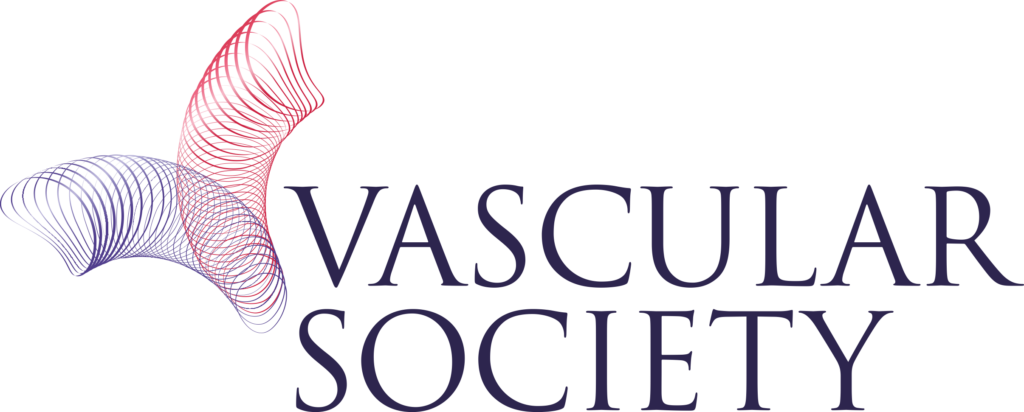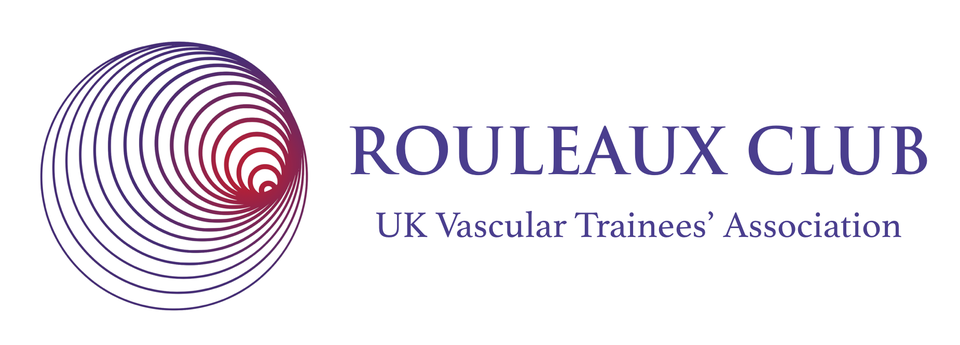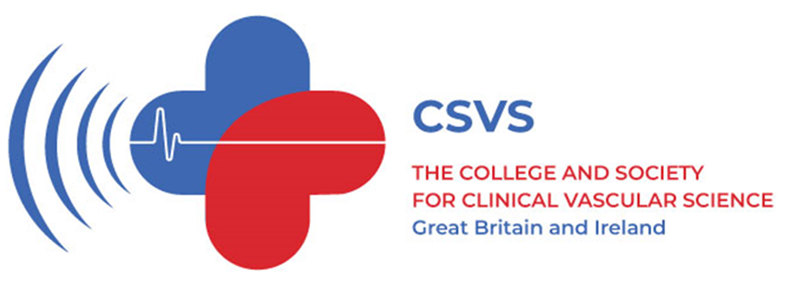Volume 4 Issue 3
Effectiveness of antimicrobial dressings in surgical site infection prophylaxis in surgical wounds healing by secondary intentions (SWHSI): a systematic review protocol
Introduction Healing by primary intention occurs when the incision edges are approximated with physical means (sutures, staples, etc) after surgery. Surgical wounds healing by secondary intention (SWHSI) refers to surgical wounds left open after a surgical procedure. The general definition of SWHSI is a wound left open arising from any surgical specialty and occurring on…
Read MoreA survey of contemporary acute lower limb ischaemia management
Introduction Acute limb ischaemia (ALI) occurs as a result of abrupt reduction in limb perfusion due to total or subtotal arterial occlusion by thomboembolism to the peripheral arteries within 14 days of the presentation. It is a vascular emergency with an incidence rate of 140 per million per annum and an average prevalence rate of…
Read MoreTraumatic superficial temporal artery pseudoaneurysm managed with ultrasound-guided compression
Abstract Superficial temporal artery aneurysms are rare, accounting for approximately 1% of all arterial aneurysms, with 95% of these being pseudoaneurysms. They are most commonly caused by trauma to the temporal region. Although ultrasound-guided compression has been described as a management technique, it has been believed to be ineffective. This report describes the case of…
Read More- « Previous
- 1
- 2
- 3
- Next »











